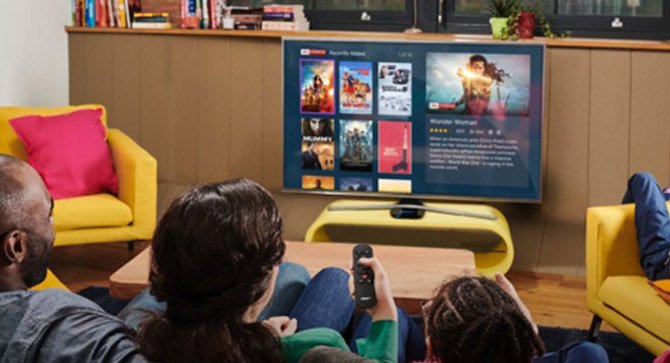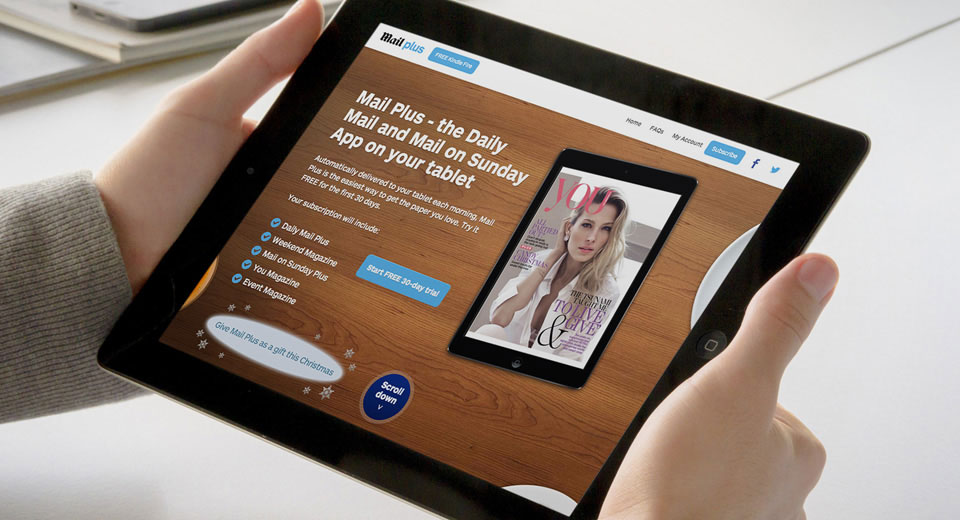How Well is Netflix Faring?
So how is Netflix really doing these days? Based on the Q3 numbers released earlier this week, despite a few bumps, business does appear to be on track for this leading Internet streaming company.
Here is a quick look at the highlights from the Q3 balance sheet:
- Revenue rose $905.1 million – up 10% from 2011 Q3.
- $7.7 million in net income – this is down from $62.5 million in 2011 Q3.
- Netflix streaming service gained 2 million members.
- 29 million members worldwide.
- 1 million members in the U.S. – this isup 20% from 2011.
For an Internet-based business that is undergoing rapid international expansion in this economic climate, it is not surprising to see some drops on the balance sheet. These lower than expected numbers are in fact attributed to the recent expansion into Finland, Sweden, Denmark and Norway.
For analysts and investors, there is a rather tepid feeling when it comes to Netflix – with the stock falling more than 16% to $57 at the close of trading on Oct. 23.
But what about the cornerstone of Netflix’s business – the almighty consumer?
A quick Google search reveals that many customers have a lingering sour taste when it comes to Netflix. This is all thanks to announcements in 2011 that it would be separating its DVD rental service from its Internet streaming subscription. This resulted in the company losing 1 million subscribers in the third quarter of 2011. In fact, the consumer backlash was so strong that CEO David Hastings decided to drop Qwikster (DVD rental website).
But this setback aside, people are still paying and watching. The key is what they are watching. Streaming customers have watched over 3 billion hours of digital content. Television shows are leading the pack – thanks in part to the exclusivity deals Netflix has for six of its top 10 programs.
Consumers were initially drawn to Netflix because it was unique… But thanks in part to its success – Netflix is no longer unique. Now the company is facing stiff competition from the likes of Amazon, Barnes & Noble, Apple iTunes, Hulu Plus, Redbox Instant, Microsoft Xbox, and Wal-Mart Vudu. Yes – this is an impressive list of companies – companies that have deep pockets and a vested interest in breaking into the space that Netflix has identified.
Sometimes it is great to be an innovator and other times, not so much. This is where Netflix is right now. It turned heads by doing Internet streaming really well. Customers appreciate the consistent look-and-feel – regardless of interface, Netflix looks and behaves the same. There were some snags with getting really strong content but now Netflix is paving the way with exclusive television programming and soon Netflix-only movie releases.
But now the copycats are coming along. Big companies are realising that there is a pretty attractive spectrum of consumers out there who are turning to Internet streaming for their entertainment. So what does Netflix do? Well, it might sound simple, but essentially – stick to what it knows:
- Internet streaming of quality content. This is what customers want and demand. If they don’t have access to their favourite shows – they’ll leave.
- Think of the kids. Yes, that children’s programming market is huge. Netflix is doing a great job of providing lots of entertainment options for kids.
- Keep things simple. This is what has made Netflix so appealing to its wide-range of consumers. You don’t need to be a technical wizard to watch programs with Netflix. And better still – the interface looks the same on each device.
- The customers have the ultimate control. CEO Hasting does not want a repeat of the 2011 backlash… so the company would do well to get out and talk to its customers – engage with them on social media and find out what it is they want.
Sure the numbers are a bit short. But this does not spell the end of Netflix. In the end to get the numbers back to where they once were, Netflix needs to stay the course. Focus on the international expansion, figure out how to continue growing in the U.S., and remember that ultimately if the customers aren’t happy they now have options – something they didn’t have a year ago…
 us
us 






 Posted by MPP Global on
Posted by MPP Global on


